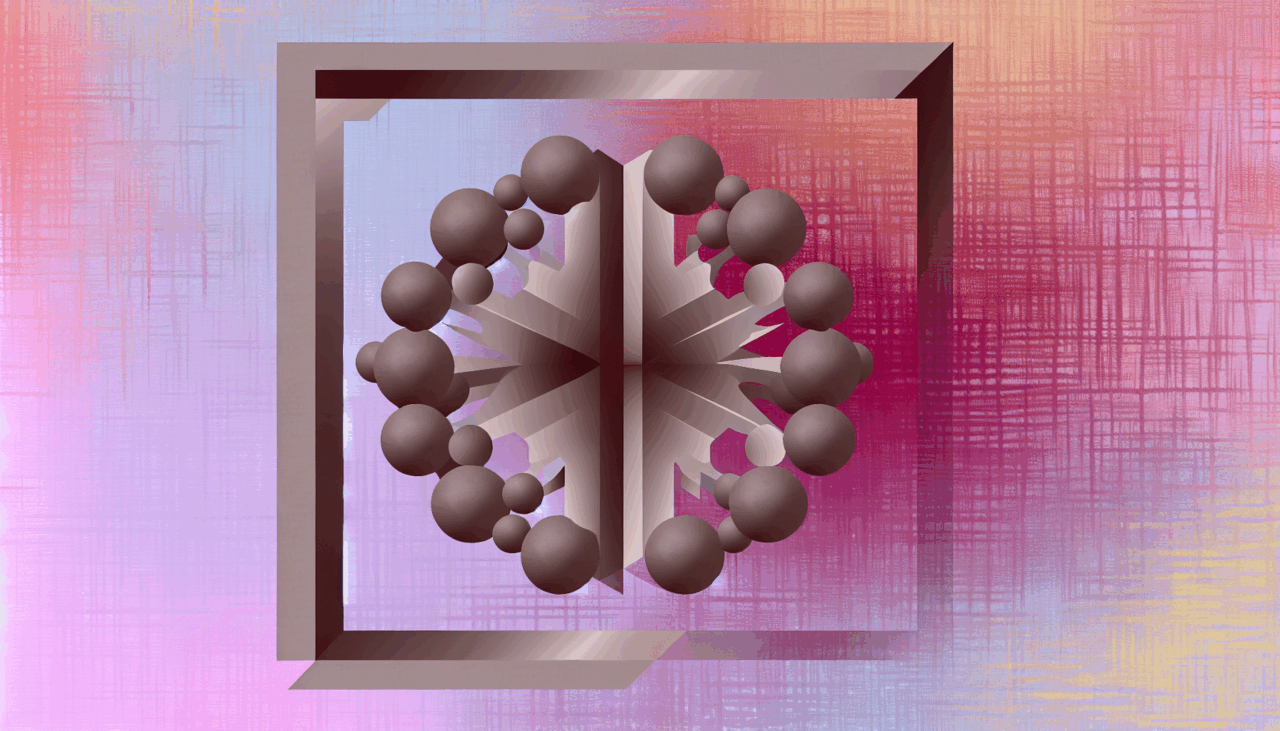Introduction to the Study
Researchers at the University of Southern California have made a groundbreaking discovery in the field of neuroscience, revealing how the human brain organizes and recalls visual memories. This study, published in Advanced Science, utilizes brain recordings from human patients and an advanced machine learning model to decode the brain’s method of categorizing visual memories. This discovery is akin to understanding the brain’s filing system for imagery.
Decoding Visual Memories
The research team demonstrated their ability to identify the category of visual images recalled by subjects, solely based on the precise timing of neural activity. This finding resolves a longstanding debate in neuroscience and opens up exciting possibilities for future brain-computer interfaces, including memory prostheses designed to restore lost memories in patients with neurological disorders such as dementia.
Research Leadership and Methodology
The study was led by Dong Song, an associate professor in the Department of Neurological Surgery and the Alfred E. Mann Department of Biomedical Engineering, alongside Charles Liu, director of the USC Neurorestoration Center. Xiwei She, the first author and a former Ph.D. student from the Song Lab, is now a postdoctoral researcher at Stanford University.
The hippocampus, a critical brain region, is known for its role in forming new episodic memories, encompassing the “what, where, and when” of past events. While its function in encoding spatial and temporal information is relatively understood, the process by which it encodes the vast array of objects has remained elusive. Scientists hypothesized that the brain simplifies this complexity by categorizing objects.
Memory Prostheses and Fundamental Neuroscience Questions
Dong Song has been pioneering work in memory prostheses, creating devices that mimic and restore cognitive function, with potential clinical applications for patients with dementia and Alzheimer’s disease. “We have tested our memory prostheses in many human patients and published several papers showing that it can enhance memory function,” Song stated. “This study also allowed us to address fundamental neuroscience questions.”
Experimental Approach and Findings
The research involved brain recordings from 24 epilepsy patients with intracranial depth electrodes implanted for seizure localization. These recordings enabled the team to determine how hippocampal neurons encode complex visual information, not just by firing rate but through the precise timing of their activity.
The team developed an innovative experimental-modeling approach to unravel this complex process. They recorded electrical activity, specifically “spikes,” from hippocampal CA3 and CA1 neurons while patients performed a “delayed match-to-sample” (DMS) task, a common technique to test visual short-term memory.
Decoding Brain Signals
“We presented patients with images from five categories: ‘animal,’ ‘plant,’ ‘building,’ ‘vehicle,’ and ‘small tools.’ We then recorded the hippocampal signal,” Song explained. “Using our machine learning technique, we asked if we could decode the category of image they were recalling purely from their brain signal.”
The results confirmed that the human brain recalls visual objects by categorizing them, and these categories were decodable based on brain signals. “It’s like reading your hippocampus to see what kind of memory you are trying to form,” Song said. “We found that we can accurately decode the category of image the patient was trying to remember.”
Implications for Memory Restoration
The core of this discovery lies in the team’s interpretable memory decoding model. Unlike previous methods that relied on averaging neuronal activity or using pre-selected temporal resolutions, this advanced model analyzes the “spatio-temporal patterns” of spikes from an entire ensemble of neurons.
The study provides evidence that the hippocampus uses a temporal code to represent visual memory categories. This means that the precise timing of individual neuron spikes, often at the millisecond scale, carries meaningful information. While previous studies focused on individual neurons, this research revealed that hippocampal neuron ensembles encode memory categories in a distributed manner.
Future Applications and Conclusion
This efficient strategy allows the brain to store diverse memories while minimizing energy consumption. “With this knowledge, we can begin to develop clinical tools to restore memory loss and improve lives, including memory prostheses and other neurorestorative strategies,” Liu said. “This result is important for all patients with memory disorders, especially the epilepsy patients who participated in the studies.”
The findings highlight the intricate ways the human brain organizes and stores information, bringing us closer to decoding the essence of human memory and offering invaluable insights into future treatments for neurological disorders.
For more information, refer to the study by Xiwei She et al, “Distributed Temporal Coding of Visual Memory Categories in Human Hippocampal Neurons Revealed by an Interpretable Decoding Model,” published in Advanced Science (2025). DOI: 10.1002/advs.202502047
🔗 **Fuente:** https://medicalxpress.com/news/2025-07-human-brain-visual-memories-precise.html

